Shade gardens offer a serene and cool retreat from the scorching sun, making them a perfect addition to any outdoor space. With careful planning and thoughtful plant selection, you can transform even the darkest corners of your garden into a thriving oasis. In this blog post, we will take you through the step-by-step process of creating a shade garden, including the necessary tools, preparing the area, selecting and planting shade-loving plants, and tips for its maintenance. Additionally, we’ll provide you with a list of perennials that flourish in shade.
Preparing the Area:
- Evaluate the Shade:
Determine the degree of shade in your garden to understand what plants will thrive best. Consider partial shade, dappled shade, or full shade areas. - Clear the Area:
Remove any weeds, debris, and unwanted vegetation from the designated area. Use a spade or garden fork to loosen the soil and remove any large rocks or roots. - Improve Soil Quality:
Amend the soil with organic matter, such as compost or well-rotted manure, to improve its texture, drainage, and nutrient content. Mix it evenly into the soil using a garden fork. - Level the Ground:
Use a rake to level the ground and create a smooth surface for planting.
Selecting and Planting Shade-Loving Plants:
- Research Shade-Tolerant Plants:
Look for plants that are known to thrive in low-light conditions. Consider their size, bloom time, foliage color, and maintenance requirements. - Create a Planting Plan:
Group plants based on their light requirements and aesthetic appeal. Consider plant height and choose a variety of plants to add depth and texture to the garden. - Purchase Healthy Plants:
Visit a local nursery or garden center to choose healthy plants. Look for well-developed foliage, no signs of pests or diseases, and strong root systems. - Dig Planting Holes:
Dig holes that are wider and slightly deeper than the plant’s root ball. Loosen the root ball gently and place the plant in the hole at the same level it was in the container. - Backfill and Water:
Fill the hole with soil, firming it gently around the plant. Water thoroughly to settle the soil and provide hydration to the newly planted vegetation. - Mulch the Garden:
Apply a layer of mulch around the plants, leaving space around the stem or trunk to prevent rot. Mulch helps retain moisture, suppress weeds, and regulate soil temperature.
Tips for Maintaining a Shade Garden:
- Watering:
Shade gardens generally require less water than sun-drenched areas. Monitor the soil moisture and water when the top inch of soil feels dry. - Pruning and Trimming:
Regularly prune dead or damaged branches to maintain the health and aesthetics of your plants. Trim back any overgrown foliage to allow for proper airflow and sunlight penetration. - Fertilization:
Apply a slow-release, balanced fertilizer in spring to provide essential nutrients to your shade-loving plants. Follow the instructions on the fertilizer packaging for best results. - Weed Control:
Keep the garden free from weeds that compete for nutrients and water. Hand-pull weeds or use an organic weed control method to avoid damaging the surrounding plants. - Pest and Disease Management:
Monitor your plants for signs of pests or diseases. Early detection can help prevent potential damage. Use organic pest control methods or seek advice from a local gardening expert.
Perennials Suitable for Shade Gardens:
- Hosta (Hosta spp.)
- Astilbe (Astilbe spp.)
- Bleeding Heart (Dicentra spp.)
- Foamflower (Tiarella spp.)
- Lungwort (Pulmonaria spp.)
- Brunnera (Brunnera macrophylla)
- Coral Bells (Heuchera spp.)
- Solomon’s Seal (Polygonatum spp.)
- Japanese Forest Grass (Hakonechloa spp.)
- Bigroot Geranium (Geranium macrorrhizum)
Creating a shade garden is an opportunity to transform the shaded areas of your outdoor space into a lush and inviting retreat. By preparing the area, carefully selecting shade-loving plants, and following proper maintenance practices, you can create a thriving oasis that brings beauty and tranquility to your garden. With the list of perennials provided, you can start your shade garden journey and enjoy the rewards of a serene and captivating outdoor sanctuary. Happy gardening!
-
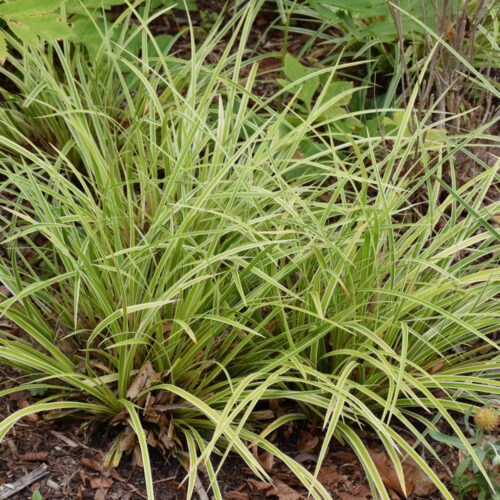 EverColor® Everglow Sedge, 2 Gal$39.99
EverColor® Everglow Sedge, 2 Gal$39.99 -
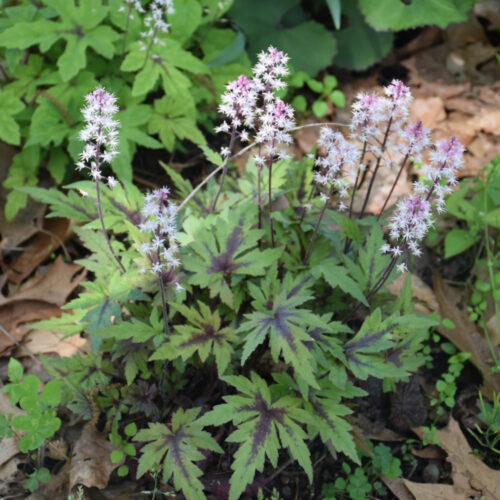 Proven Winners® Cutting Edge Foamflower, 1 Gal$31.99
Proven Winners® Cutting Edge Foamflower, 1 Gal$31.99 -
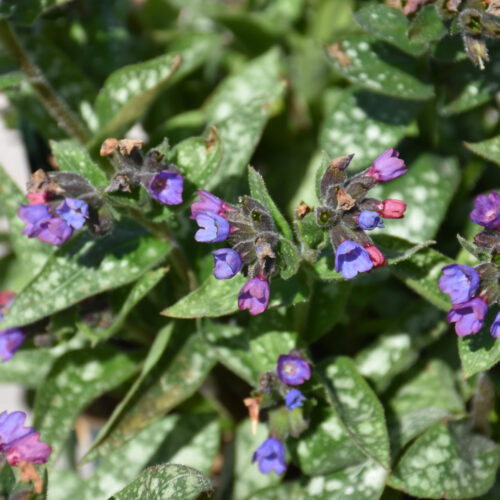 Proven Winners® Spot On Lungwort, 1 Gal$31.99
Proven Winners® Spot On Lungwort, 1 Gal$31.99 -
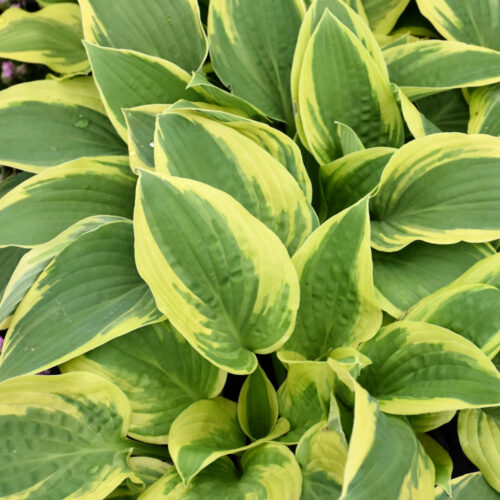 Wide Brim Hosta, 1 Gal$29.99
Wide Brim Hosta, 1 Gal$29.99 -
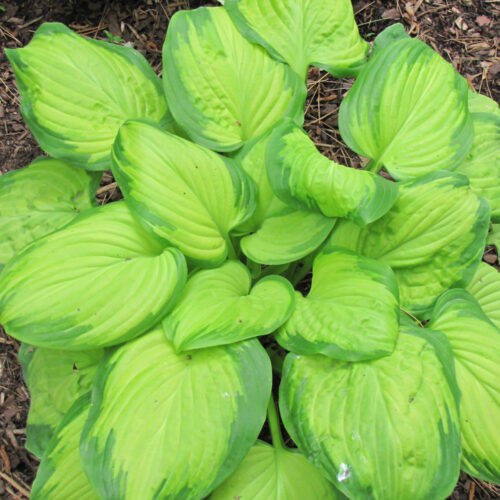 Stained Glass Hosta, 1 Gal$29.99
Stained Glass Hosta, 1 Gal$29.99 -
 Firn Line Hosta, 1 Gal$31.99
Firn Line Hosta, 1 Gal$31.99 -
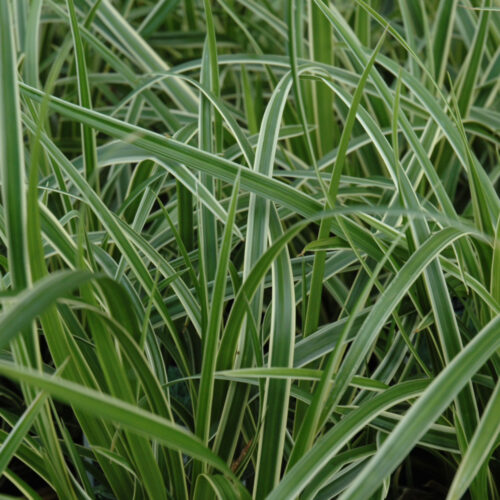 Ice Dance Sedge, 1 Gal$29.99
Ice Dance Sedge, 1 Gal$29.99 -
 Evergold Variegated Japanese Sedge, 1 Gal$29.99
Evergold Variegated Japanese Sedge, 1 Gal$29.99 -
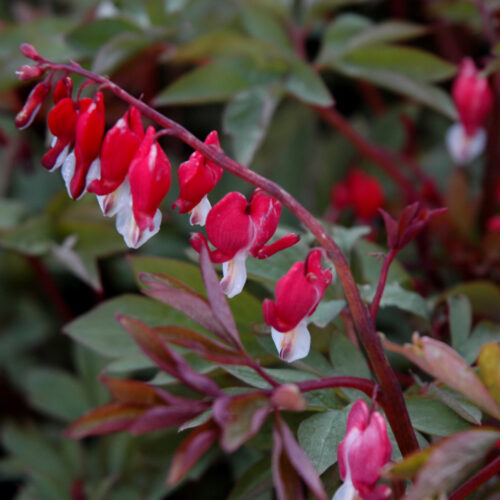 Valentine Bleeding Heart, 1 Gal.$34.99
Valentine Bleeding Heart, 1 Gal.$34.99
More Recent Posts
Selling Plants Online has Never Been Easier
Going back to the pandemic, the consumer horticulture industry gained over 18 million new gardeners and plant parents. This is a significant amount of new interest in the wonderful world of plants. Garden centers, growers and home hobbyists all had to make this hard pivot to online sales in 2020. Since then, many garden retailers…
The Future of Consumer Horticulture
When it comes to consumer horticulture, there are countless factors that can contribute to its popularity and growth. From new consumer trends and innovative marketing strategies to technological advancements and consumer confidence, there is no shortage of potential factors at play. One company that is helping to drive consumer horticulture into the future is Ship…
Ship My Plants VS.
For Plant People, By Plant People Ship My Plants is the go-to marketplace for plant enthusiasts. Cultivated by a longtime love of horticulture, our multi-vendor platform offers a unique solution to buy and sell plants online. Unified Plant Data Backed by the industry’s leading plant database, Ship My Plants provides unified information across 30,000+ plant…










